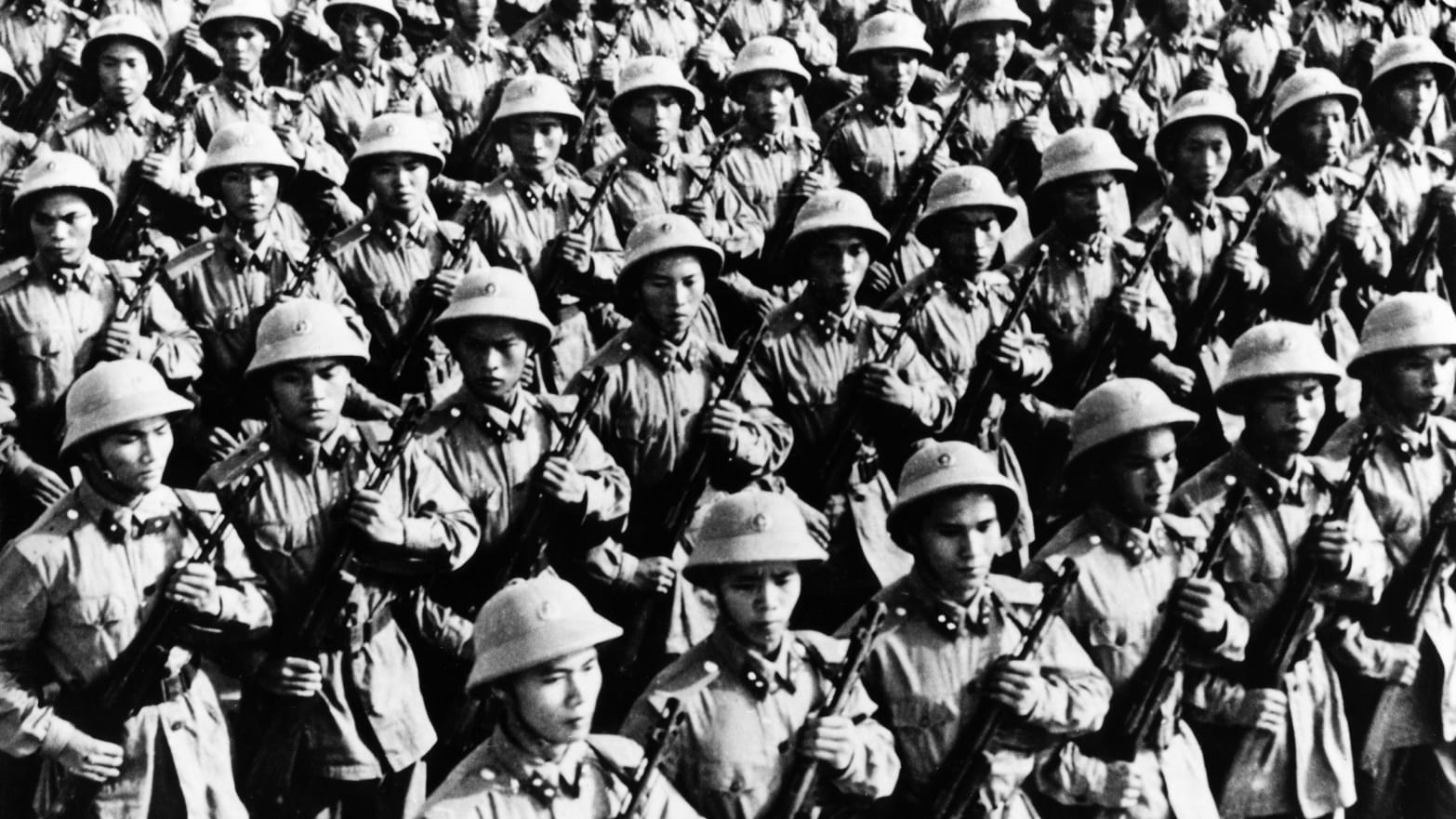.1965.1966.1967. (. ). /.(1972).Post- (1973–1974).
Battle of Long Tan Documentary (Danger Close movie based on this story) - Vietnam War - Duration: 1:41:15. Martin Walsh 2,257,903 views. Saigon - 1968 Platform Game Battlefield Vietnam Game modes Conquest Setting Part of Vietnam War Teams United States of America vs. Viet Cong Date January 31, 1968 Location Saigon, South Vietnam Terrain Urban Combat Close Quarters Combat, Vehicular Warfare Media Console Codenames PC Saigon - 1968 is a map featured in Battlefield Vietnam that was added in the v1.2 patch. It is based on the First.
& stations.The First Battle of Saigon, fought during the of the, was the coordinated attack by communist forces, including both the Army and the (VC), against, the capital of. Contents.Background In late January 1968 the VC launched the attacking U.S. And South Vietnamese positions across South Vietnam.was the main focal point of the offensive, but a total takeover of the capital was not intended or feasible.
Quake iii arena pc. They rather had six main targets in the city which 35 battalions of VC were to attack and capture: the Joint General Staff compound near, the, the, the Long Binh and the National Radio Station. Because it was (the Vietnamese New Year), the sound of firecrackers exploding masked that of gunfire, giving an element of surprise to the Vietcong attacks.Battle.

In December 1974, the People's Army of North Vietnam (PAVN) began a series of offensives against South Vietnam. Though they achieved success against the Army of the Republic of Vietnam (ARVN), American planners believed that South Vietnam would be able to survive at least until 1976. Commanded by General Van Tien Dung, PAVN forces quickly gained the upper hand against the enemy in early 1975 as he directed assaults against the Central Highlands of South Vietnam.

These advances also saw PAVN troops capture the key cities of Hue and Da Nang on March 25 and 28. Following the loss of these cities, officers in South Vietnam began to question whether the situation could be rescued without large-scale American intervention. Increasingly concerned about the safety of Saigon, President Gerald Ford ordered planning to commence for the evacuation of American personnel. Debate ensued, as Ambassador Graham Martin wished any evacuation to occur quietly and slowly to prevent panic, whereas the sought a rapid departure from the city. The result was a compromise in which all but 1,250 Americans were to be quickly withdrawn.
On April 8, Dung received orders from the North Vietnamese Politburo to press his attacks against the South Vietnamese. Driving against Saigon in what became known as the ' Campaign,' his men encountered the final line of ARVN defenses at Xuan Loc the next day. Largely held by the ARVN 18th Division, the town was a vital crossroads northeast of Saigon. Ordered to hold Xuan Loc at all costs by South Vietnamese President Nguyen Van Thieu, the badly outnumbered 18th Division repelled PAVN attacks for nearly two weeks before being overwhelmed. As the evacuation plan relied on the use of fixed-wing aircraft, Martin demanded the embassy's Marine guards to take him to the airport to see the damage firsthand.
Arriving, he was forced to agree with Smith's assessment. Learning that the PAVN forces were advancing, he contacted Secretary of State at 10:48 a.m. And requested permission to activate the Frequent Wind evacuation plan. This was immediately granted and the American radio station began repeat playing 'White Christmas,' which was the signal for American personnel to move to their evacuation points. Due to the runway damage, Operation Frequent Wind was conducted using helicopters, largely CH-53s and CH-46s, which departed from the DAO Compound at Tan Son Nhat.
Leaving the airport, they flew out to American ships in the South China Sea. Through the day, buses moved through Saigon and delivered Americans and friendly South Vietnamese to the compound. By evening, over 4,300 people had been evacuated through Tan Son Nhat. Though the U.S.
Embassy was not intended to be a major departure point, it became one when many became stranded there and were joined by thousands of South Vietnamese hoping to claim refugee status. As a result, flights from the embassy continued throughout the day and late into the night. On April 30, the evacuation of refugees at the embassy was halted when Martin received direct orders from to leave Saigon. He boarded a helicopter at 5:00 a.m. And was flown to U.S.S.
Though several hundred refugees remained, the Marines at the embassy departed at 7:53 a.m. Aboard Blue Ridge, Martin desperately argued for helicopters to return to the embassy but was blocked by Ford. Having failed, Martin was able to convince him to allow ships to remain offshore for several days as a haven for those who were fleeing. Uninterested in receiving Minh's surrender, Dung's troops completed their conquest when tanks plowed through the gates of the Independence Palace and hoisted the North Vietnamese flag at 11:30 a.m. Entering the palace, Colonel Bui Tin found Minh and his cabinet waiting. When Minh stated that he wished to transfer power, Tin replied, “There is no question of your transferring power.
Your power has crumbled. You cannot give up what you do not have.” Completely defeated, Minh announced at 3:30 p.m. That the South Vietnamese government was fully dissolved. With this announcement, the Vietnam War effectively came to an end.